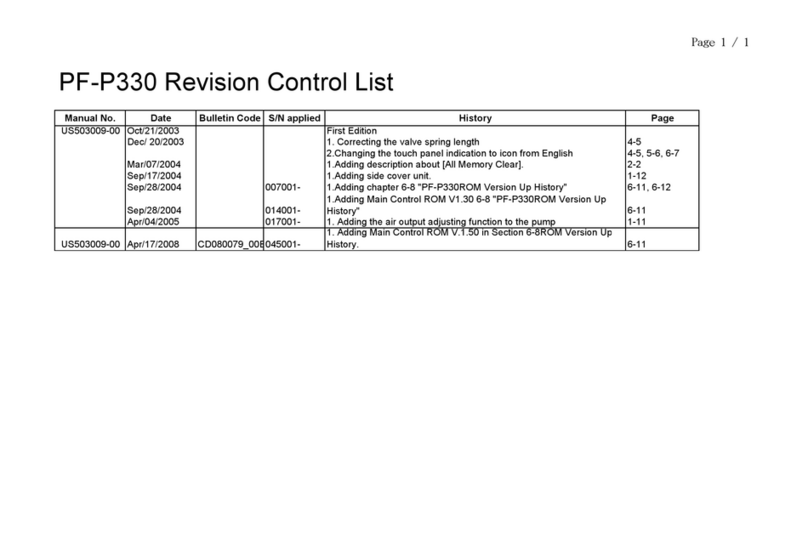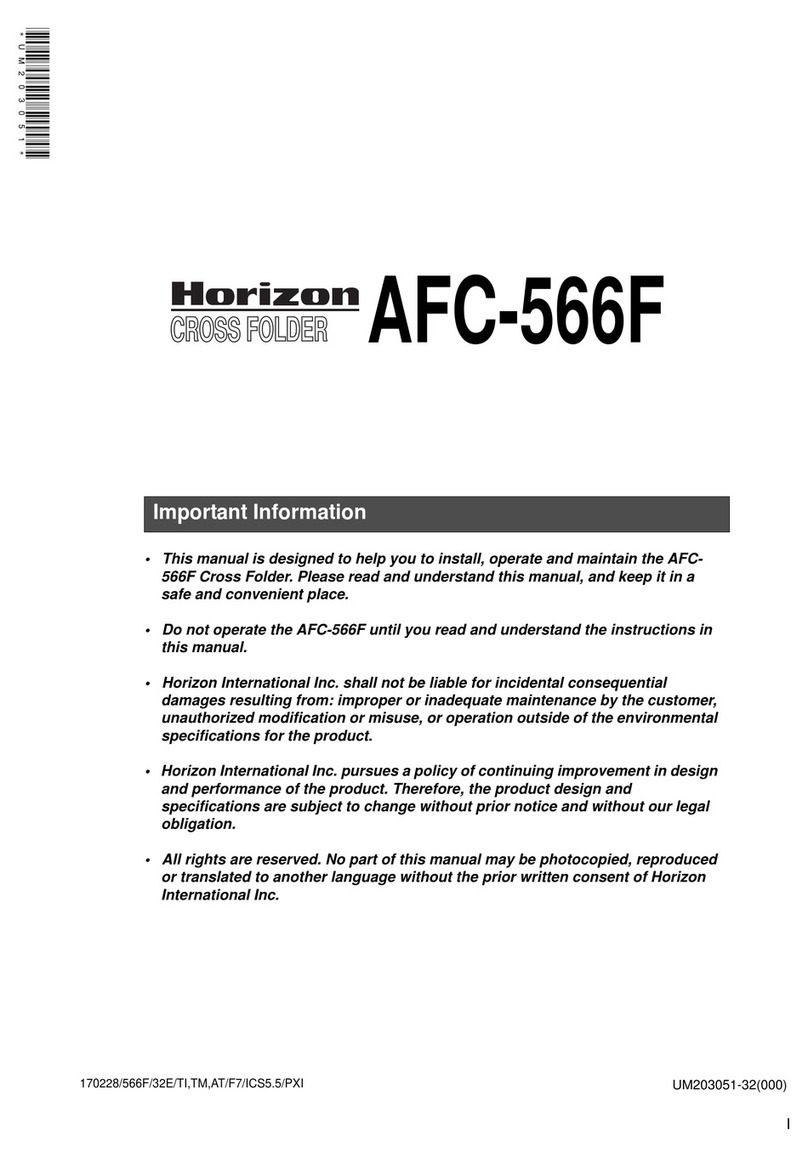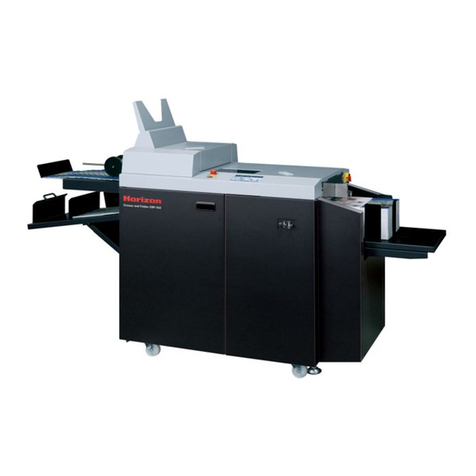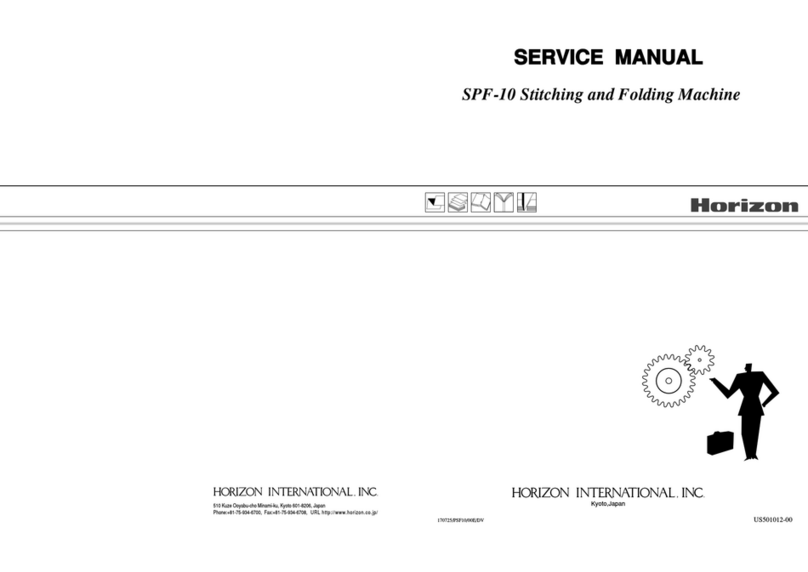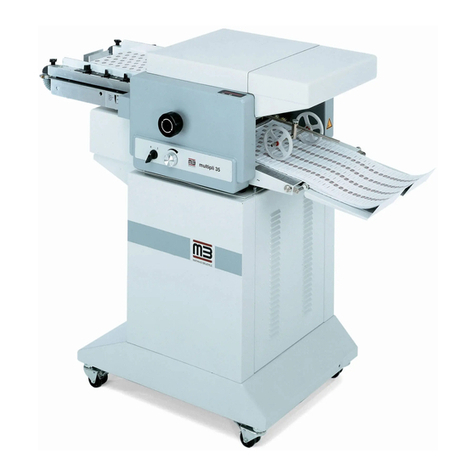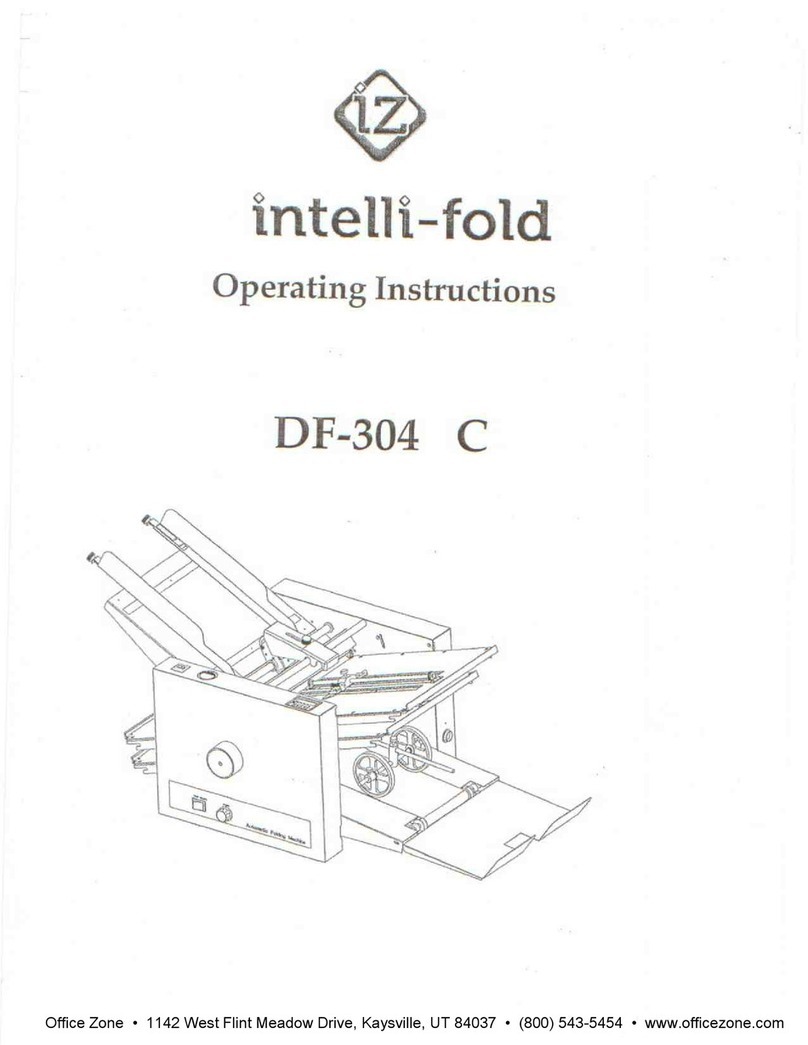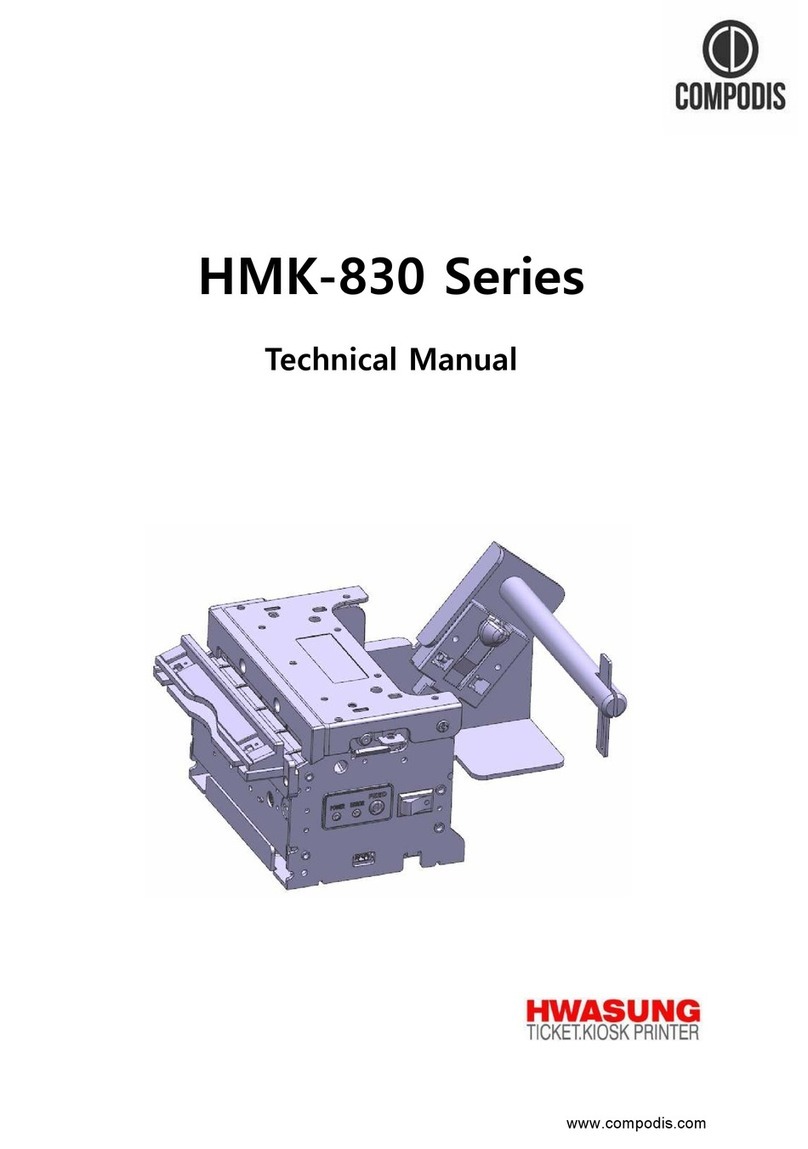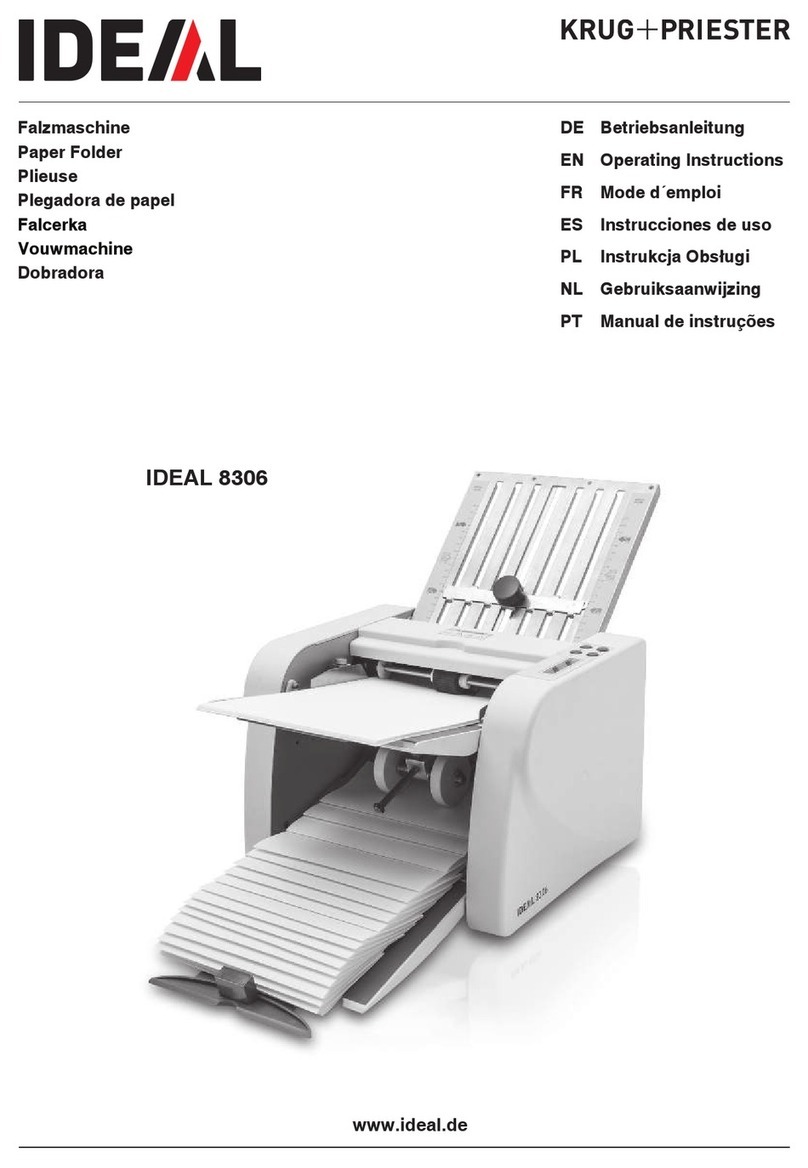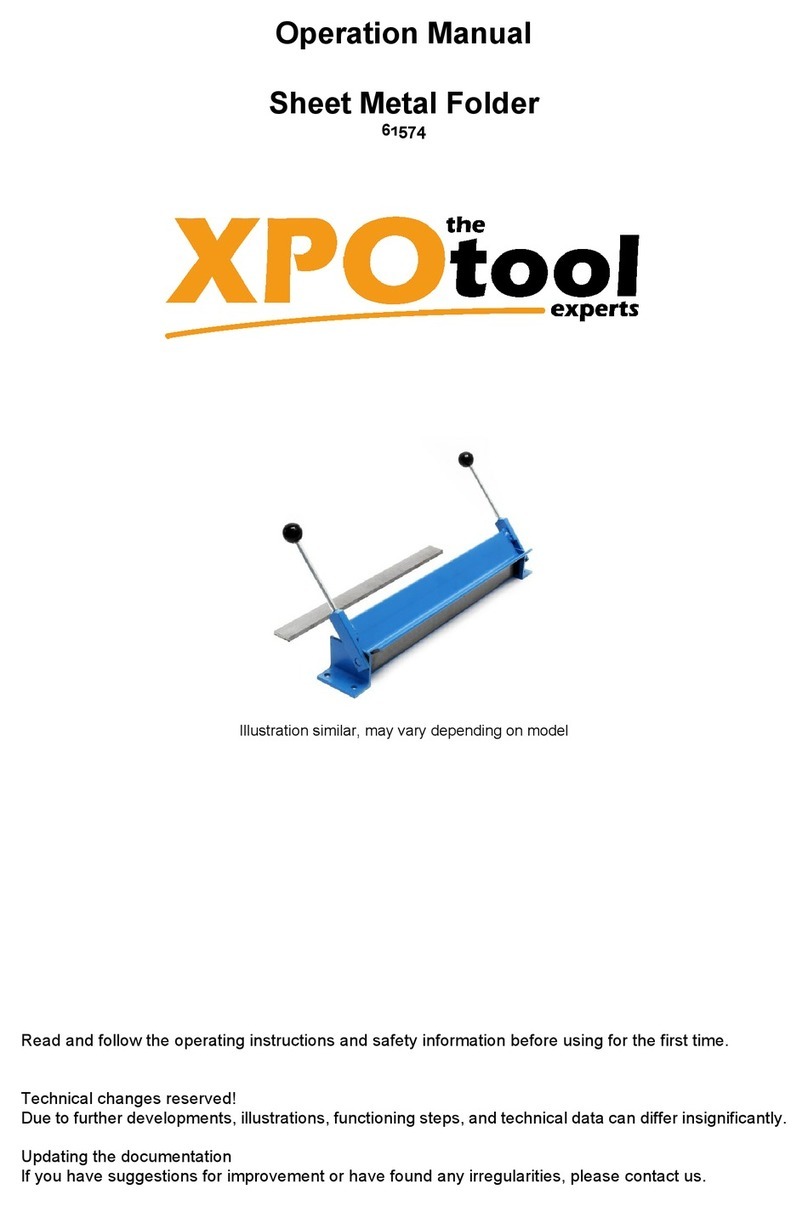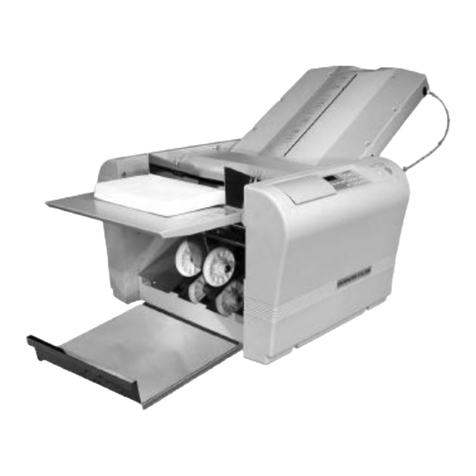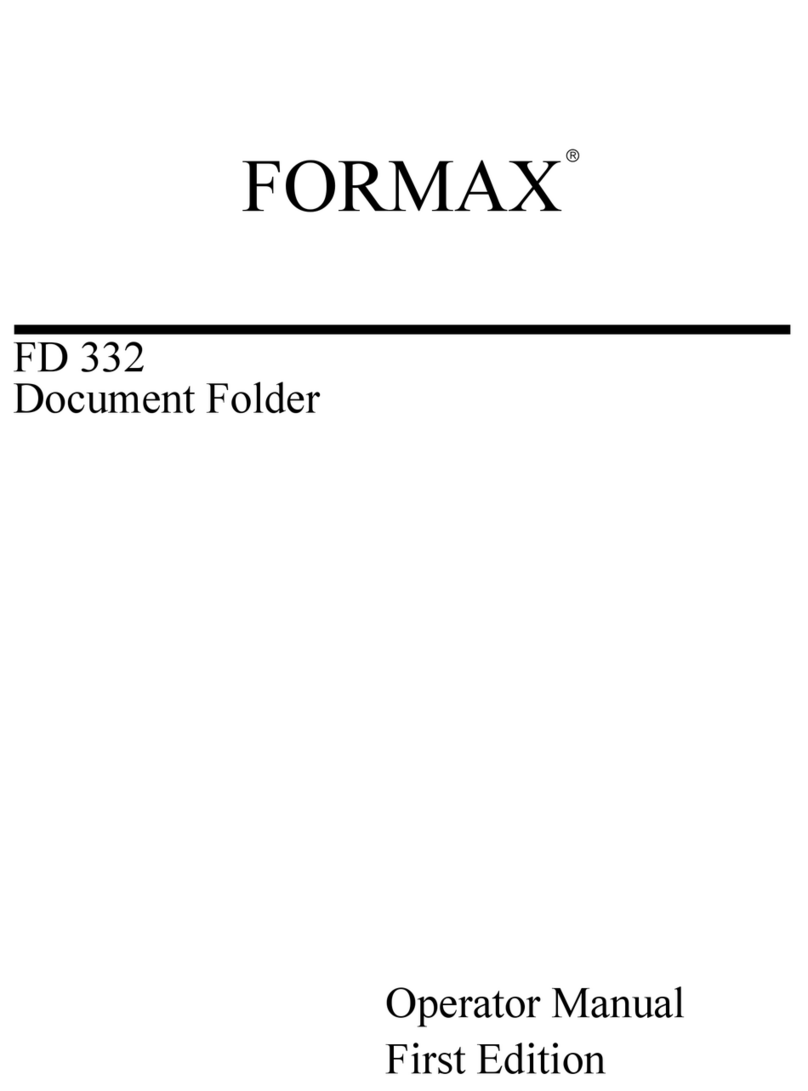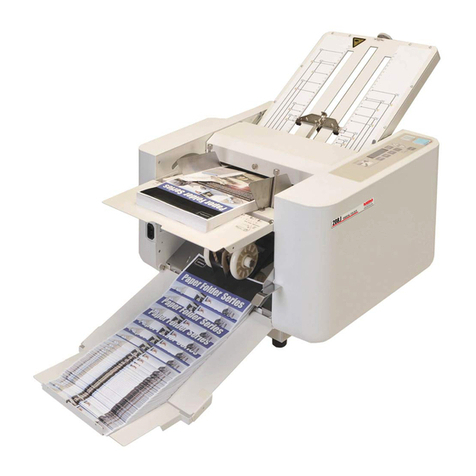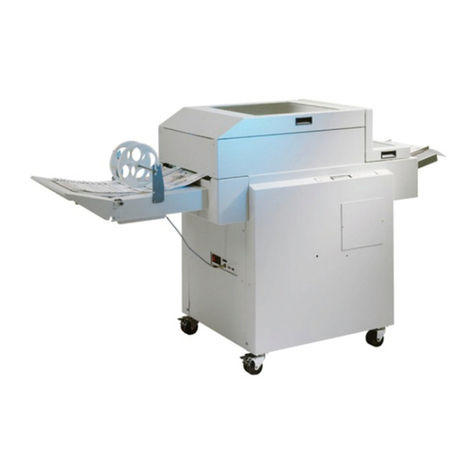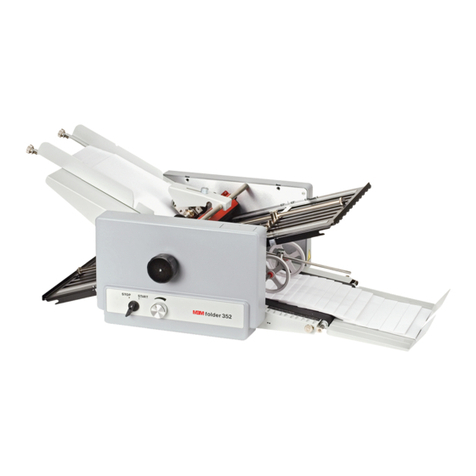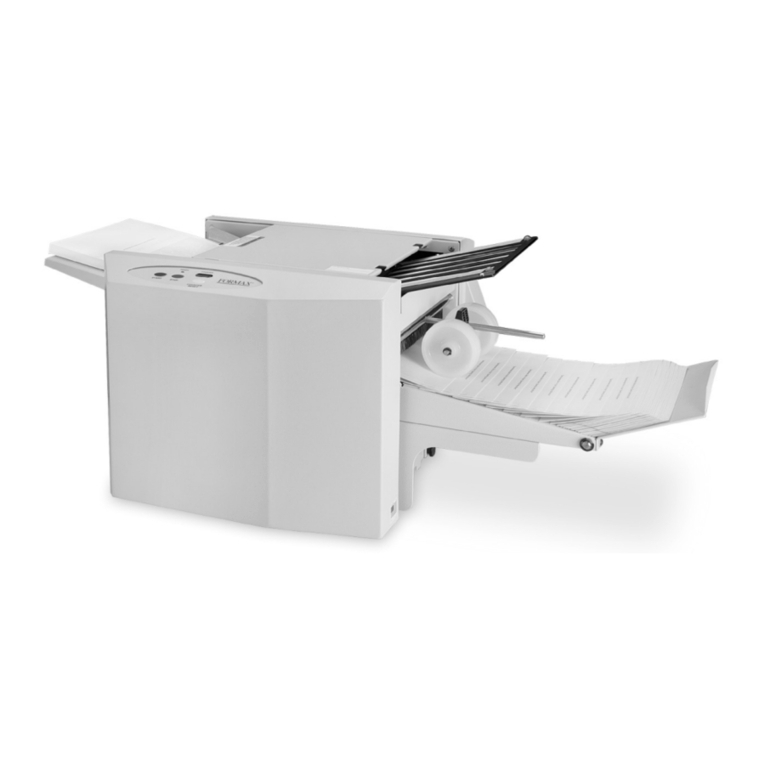
8
• Use a pressure regulator to control the fuel inlet pressure to the system.
• Do not alter the fitting on a regulator. Ask experienced personnel for help.
• Do not attempt to force gas cylinder threads.
• Never transport a gas cylinder with regulators attached. Ensure cylinder caps
are in place. Always use a cylinder cart with a safety strap or chain.
• Secure a high-pressure cylinder to a bench, post, or fixed object to avoid
accidental contact.
• Avoid unnecessary contact with On/Off valves. They can easily move to “On” by
accident.
1.4 Hydrogen Leakage
Hydrogen is colorless, odorless and tasteless. Hydrogen is non-toxic but can act
as a simple asphyxiated by displacing the oxygen in the air. There are no warning
symptoms before unconsciousness results.
WARNING!
Inhaling hydrogen can lead to unconsciousness and asphyxiation.
Hydrogen molecules are smaller than any other gas, making hydrogen more
difficult to contain. It can diffuse through many materials considered airtight. Fuel
lines, non-welded connections, and non-metal seals such as gaskets, O-rings,
pipe thread compounds and packings present potential leakage or permeation
sites. Furthermore, hydrogen’s small molecule size results in high buoyancy and
diffusivity, so leaked hydrogen will rise and become diluted quickly.
Constant exposure to hydrogen causes hydrogen embrittlement in many
materials. The mechanisms that cause hydrogen embrittlement effects are not
well defined. Factors known to influence the rate and severity of hydrogen
embrittlement include hydrogen concentration, hydrogen pressure, temperature,
hydrogen purity, type of impurity, stress level, stress rate, metal composition,
metal tensile strength, grain size, microstructure and heat treatment history.
Moisture content in the hydrogen gas may lead to metal embrittlement through the
acceleration of the formation of fatigue cracks. Hydrogen embrittlement can lead
to leakage or catastrophic failures in metal and non-metallic components.
As a preventative measure, H-1000XP must be operated in a well-ventilated area
in order to inhibit potential hydrogen accumulation.
WARNING!
Always operate H-1000XP in a well-ventilated area and ensure that
ventilation slots are unobstructed.


